the shock absorbers shake on the stony road. Kids wave at us in passing. The ordeal ends on a tasteless village out of hand. On the other side of the dune, a long sand beach and some great waves that seem intended to surfers. But at the entrance of the village, signs announcing guest houses and dive centers titillate us. What does this tiny bay, northeast of Durban, hide in its depths? We get off here to discover it.
Far from the almost industrial bustle of the Coral Divers center, we opt for the Amaury Diving club. Colin, the founder, greets us and we make an appointment for tomorrow morning on the beach.
The inflatable boats lie on the beach and a crowd fidgets around. Big tractors push them onto the water. Dive briefing. Armed with a mask and a tank we hop on the boat. The skipper avoids the breaking waves before dashing towards the dive spot.
We slowly sink into the big blue. The first patterns loom. Soft and hard corals decorate the reef formations and shelter an astounding diversity of submarine life. From the clown triggerfish to the boxy, from the harlequin shrimp to the emperor angelfish. The colors harmony of the nudibranches drive us speechless. The diversity of this kind of slug is so amazing that it became the Colin's speciality and plan to write a book on it. He shows us a species, unknown from the scientists' world so far – a nudibranch which still waits for its Latin name. Spotted, Striped, yellow, blue, white, purple and seldom exceeding the 2 centimeters, they embellish the miniature world of the reef. But the chromatic high point covers the harlequin shrimp which is savouring a starfish. Blotches trim its pearly shell. A few flaps of fin further, the grace of a swimming turtle.
We will repeat this ritual 5 other times with always the same dose of fascination. 6 dives in total and as so many unforgettable moments. Speckled crabs hiding in the cracks of a spiny coral. Open-mouthed morays in front of us, dumbfounded. Disks of majestic corals enveloped by orange shoals. Pimply nudibranches and stingray taking off from the sandy bottom.

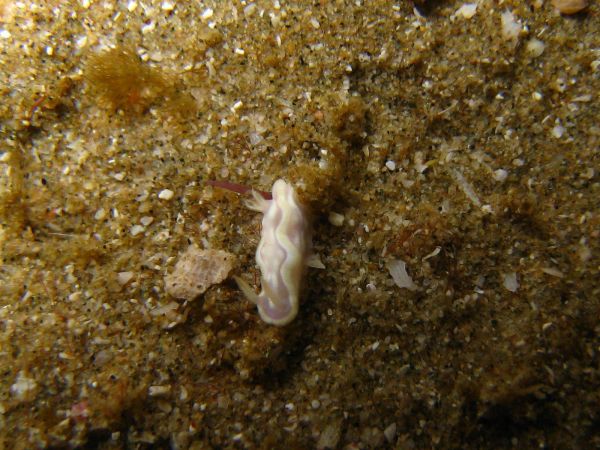
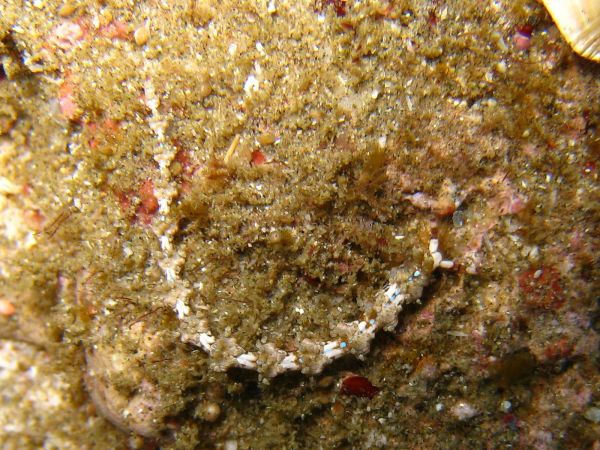
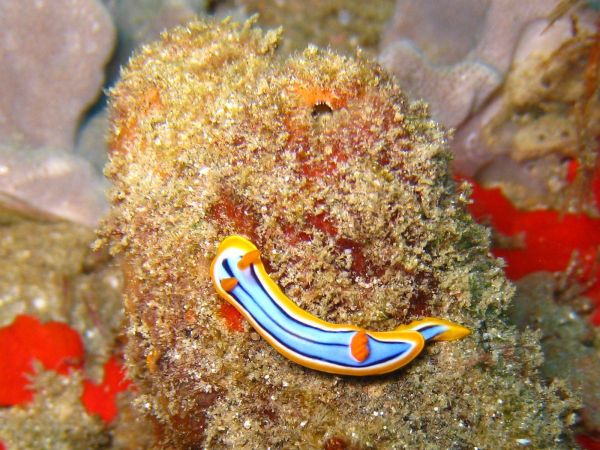
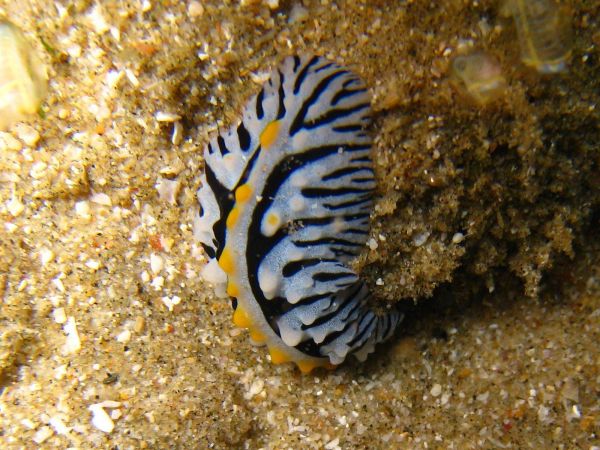
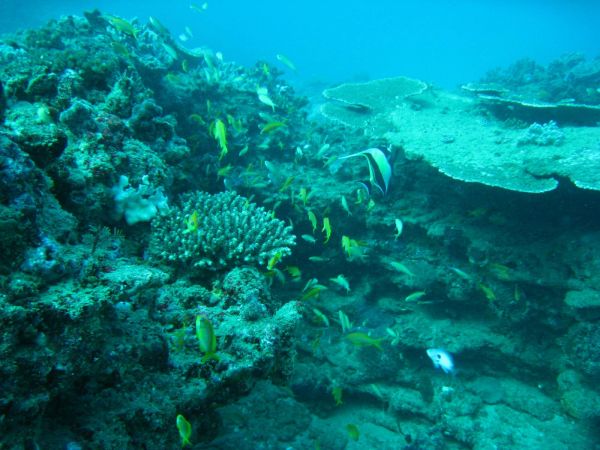
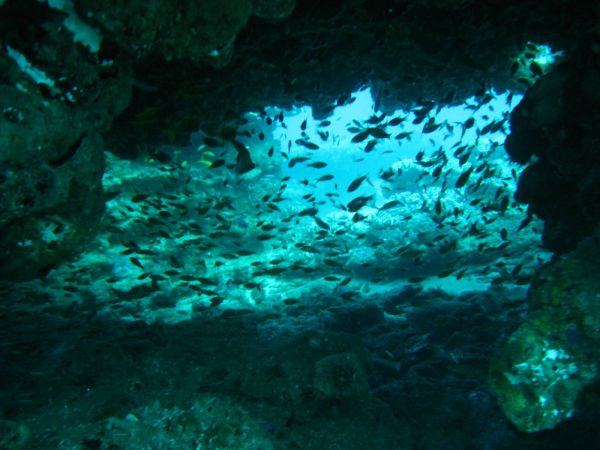
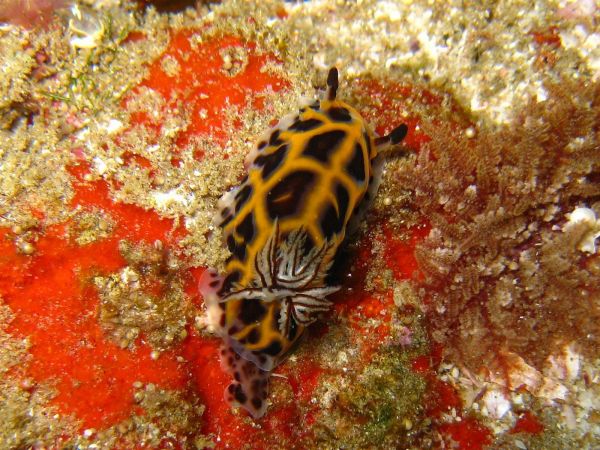
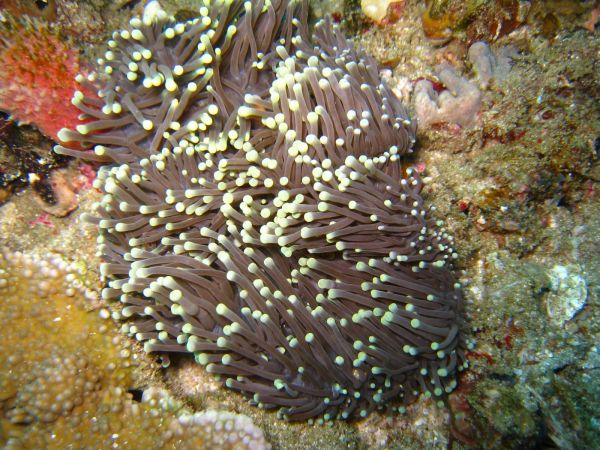
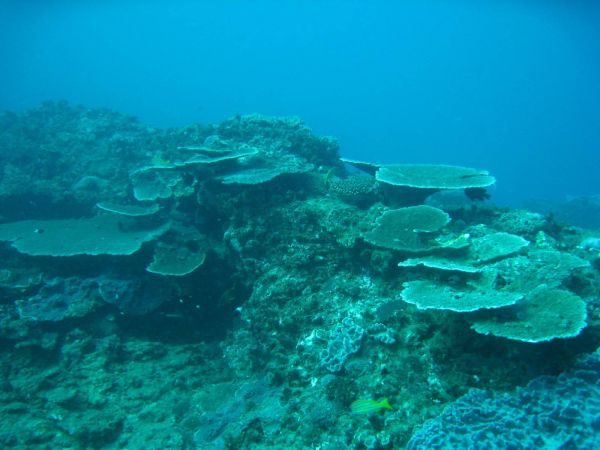
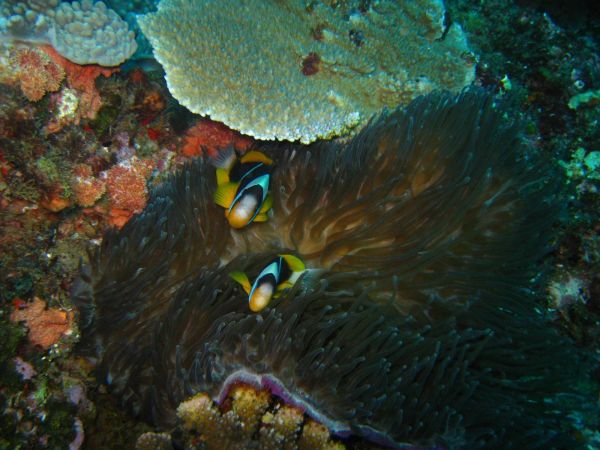
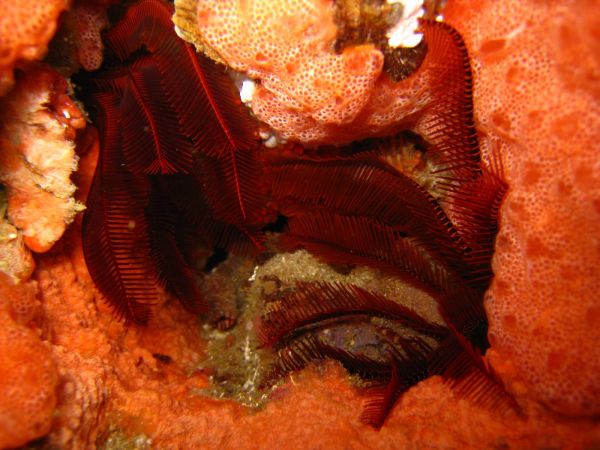
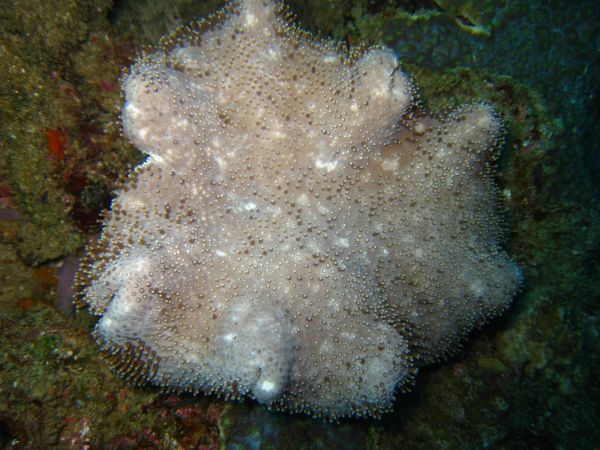

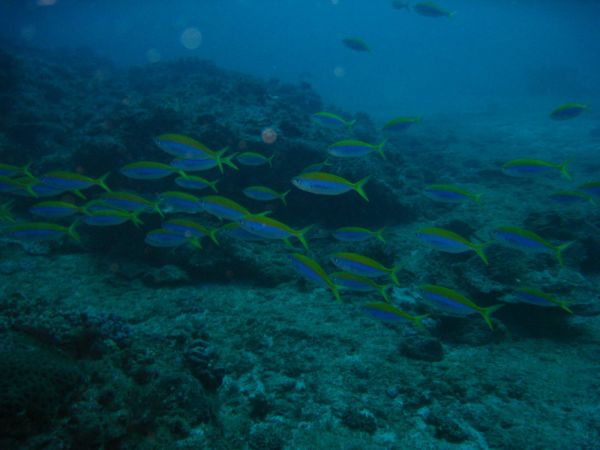
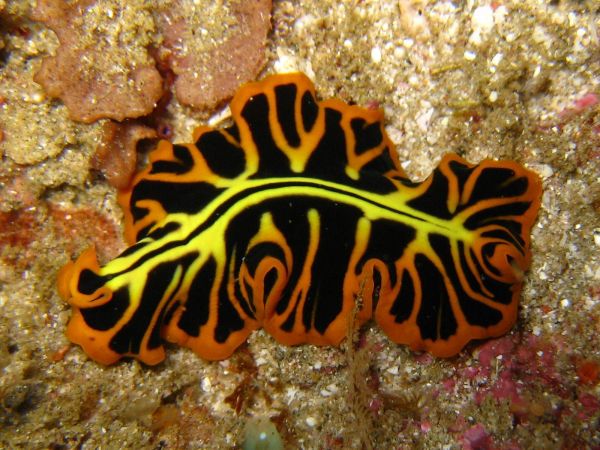
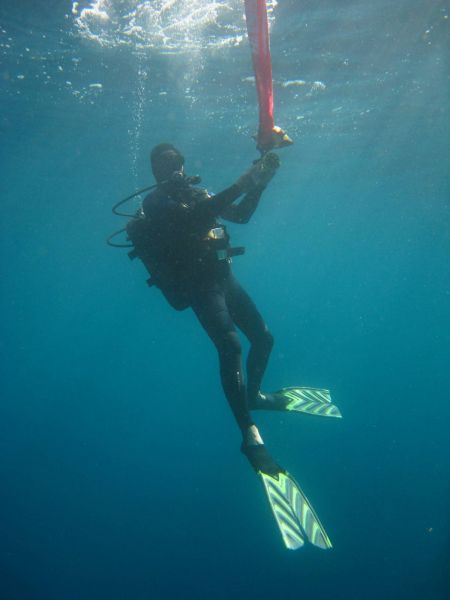

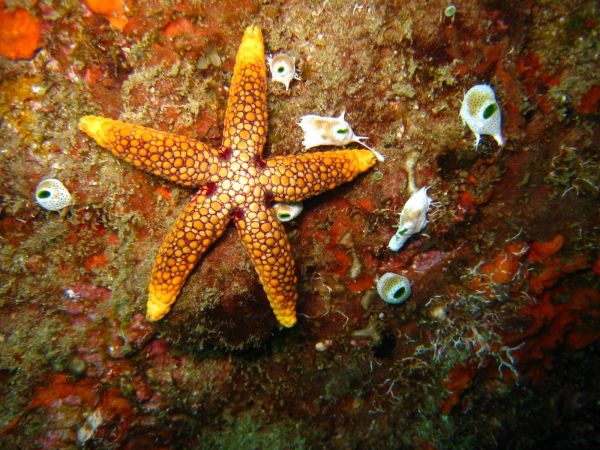
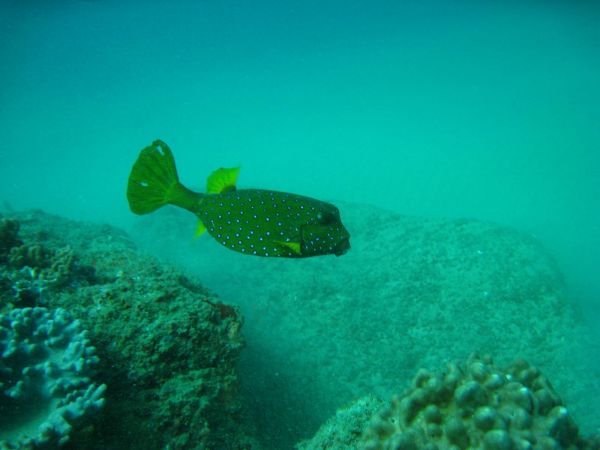
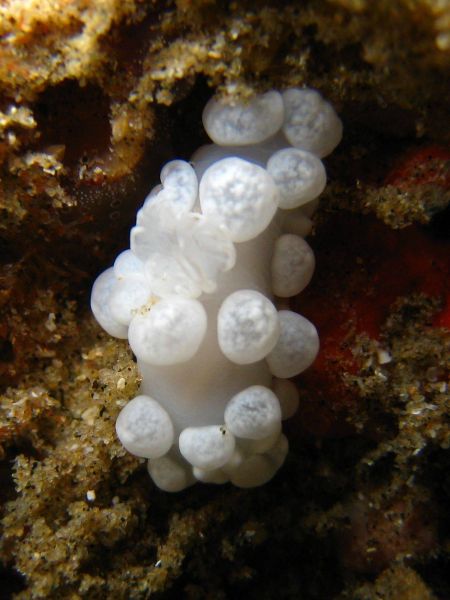
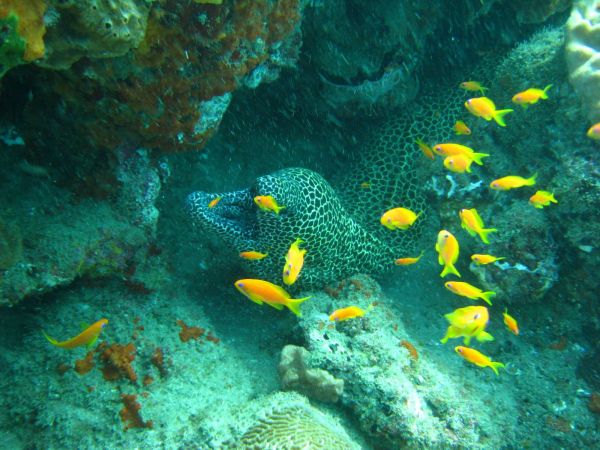
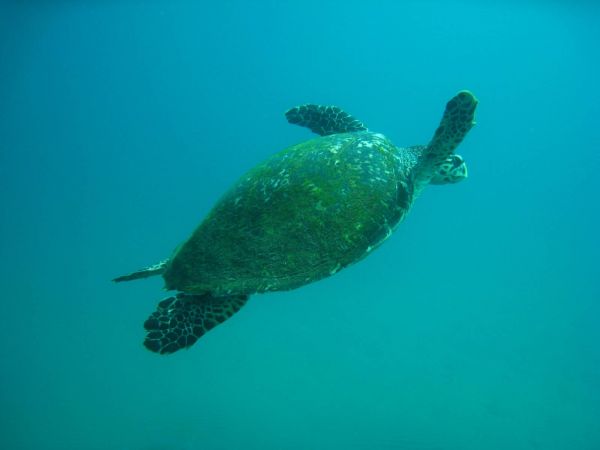
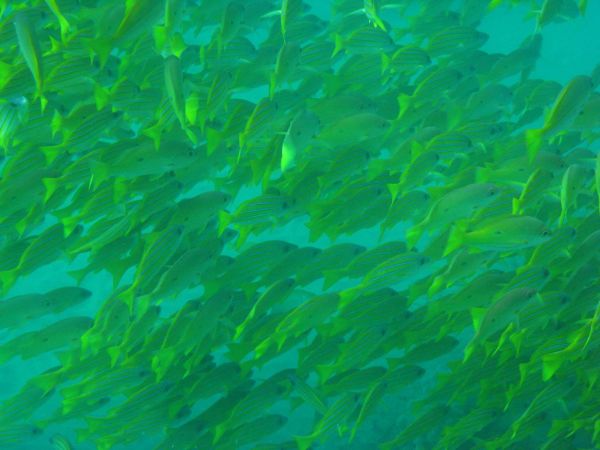
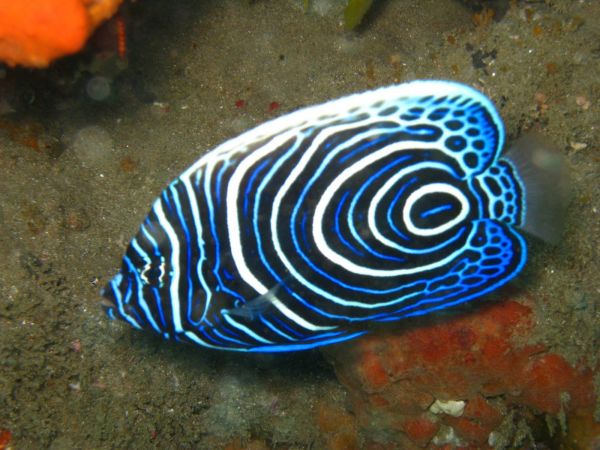
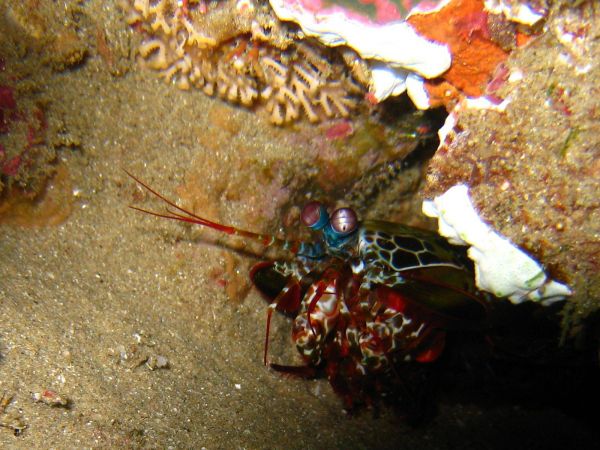
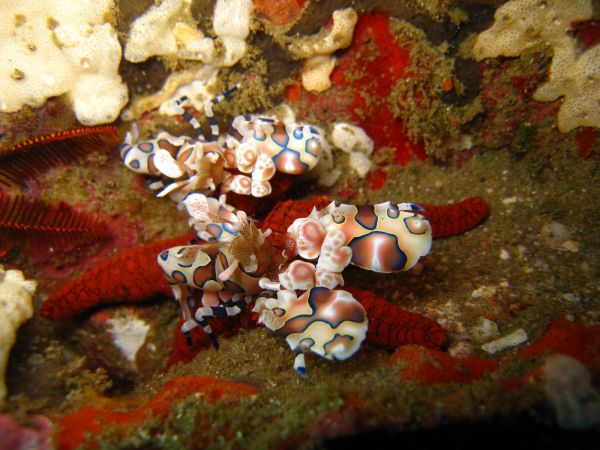

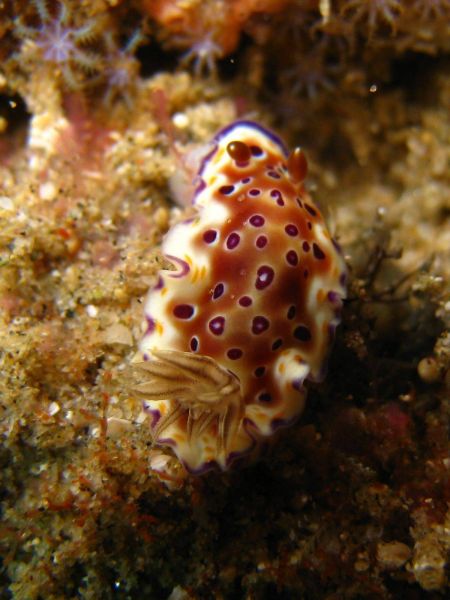



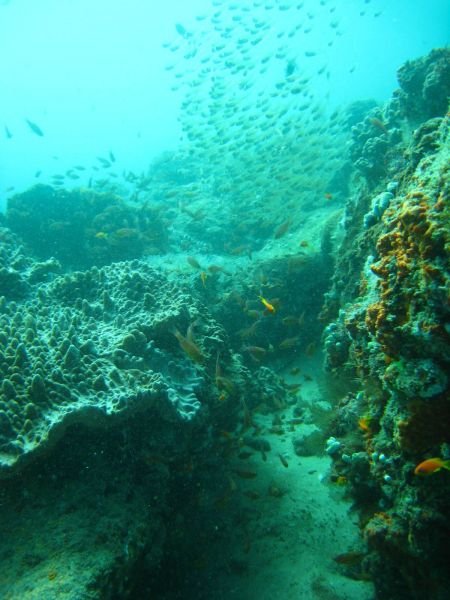

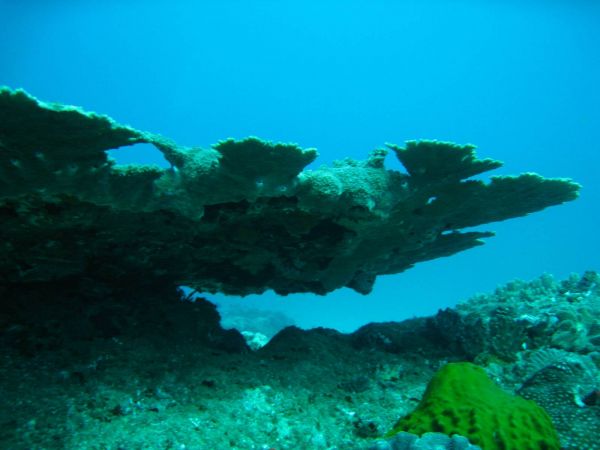
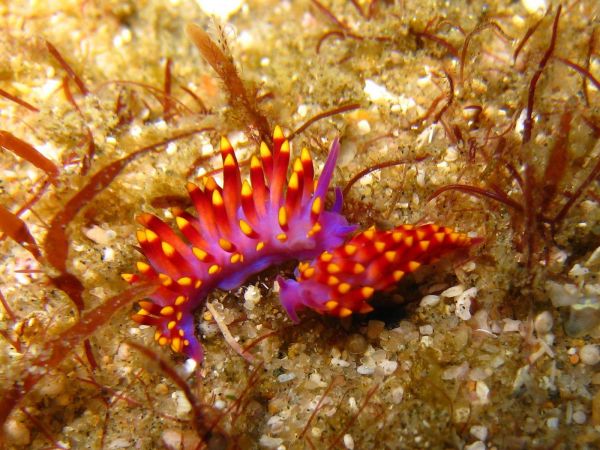

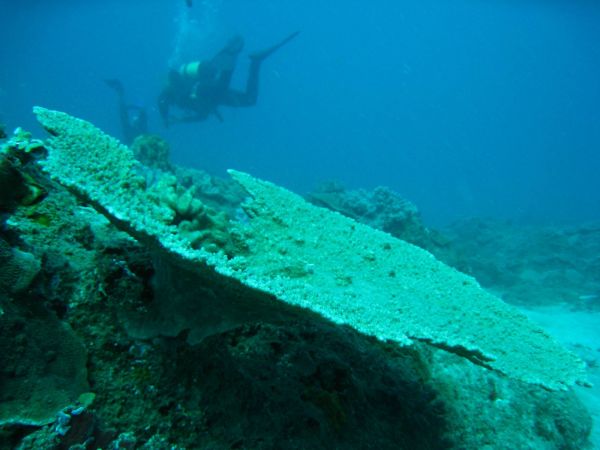
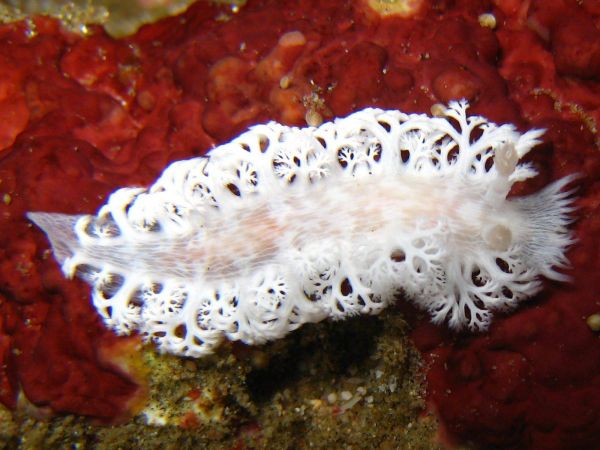
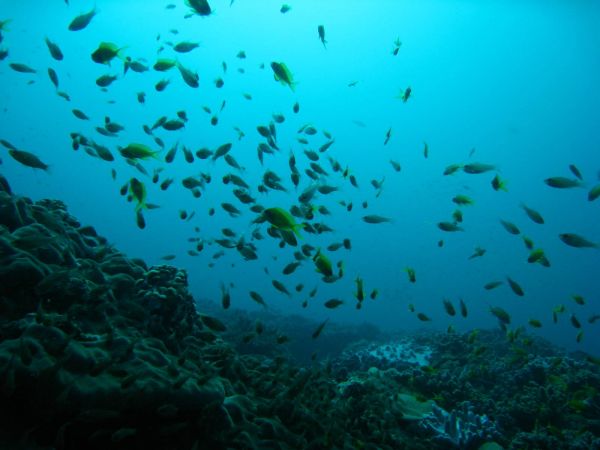
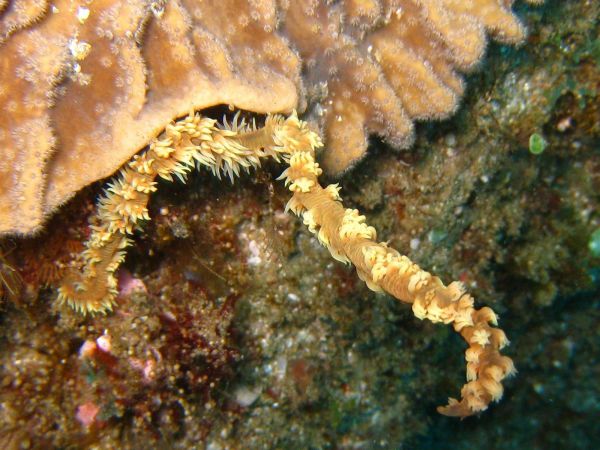
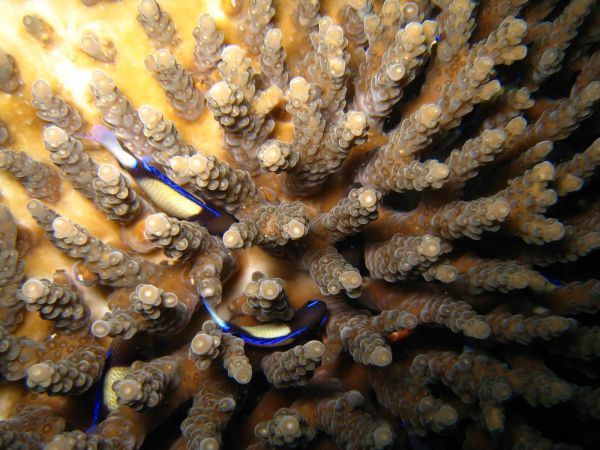
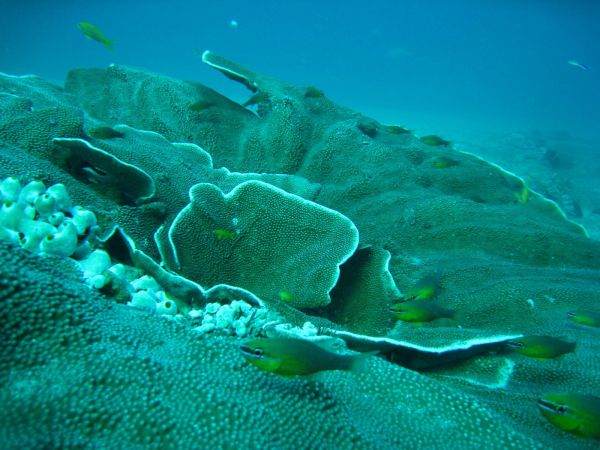
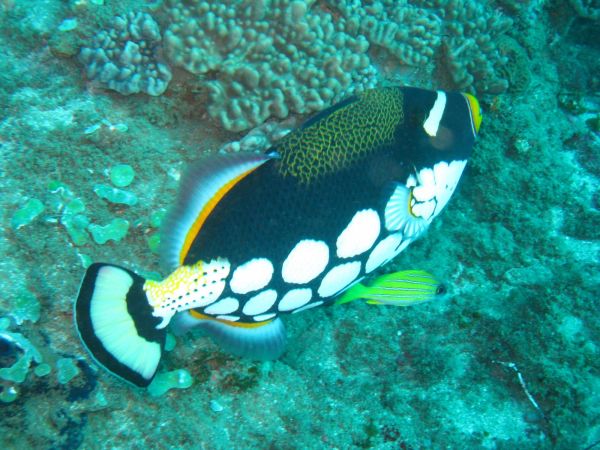
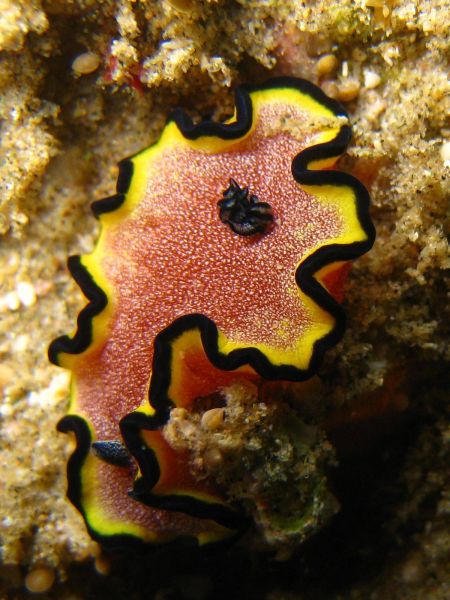

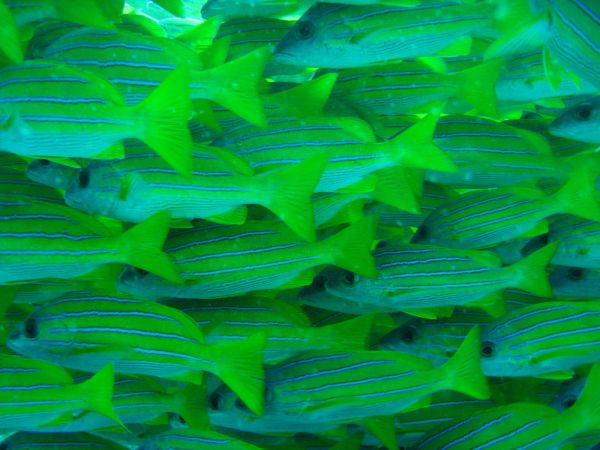
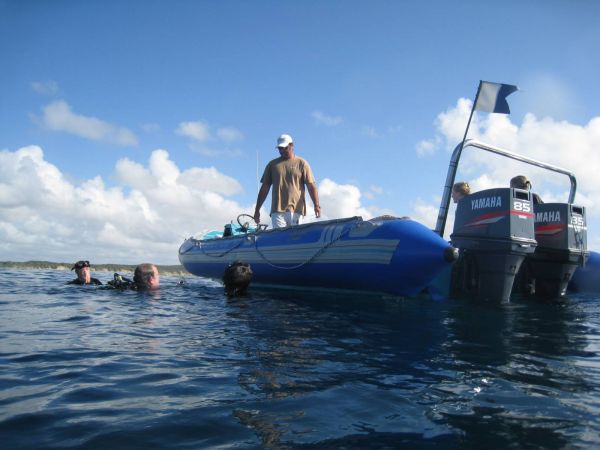
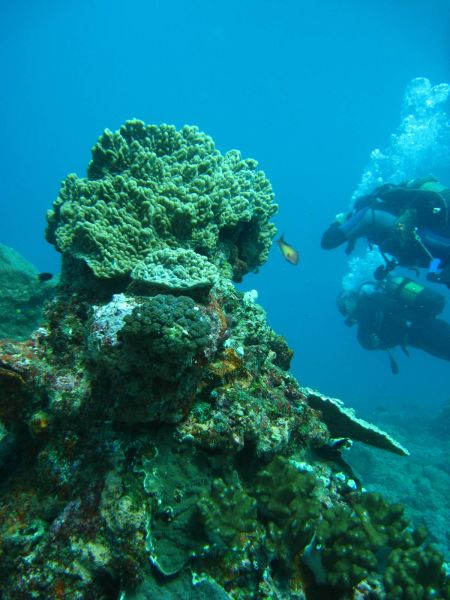

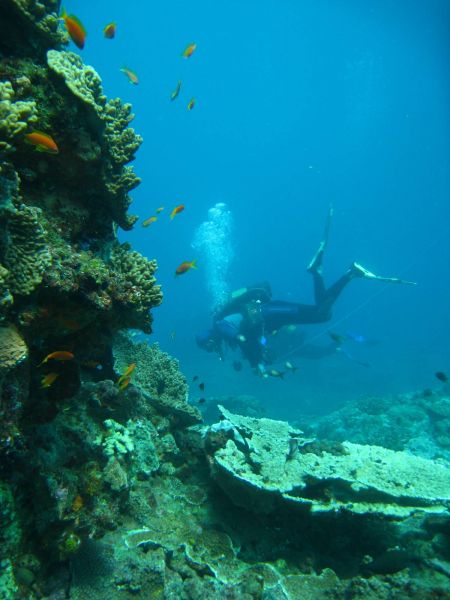
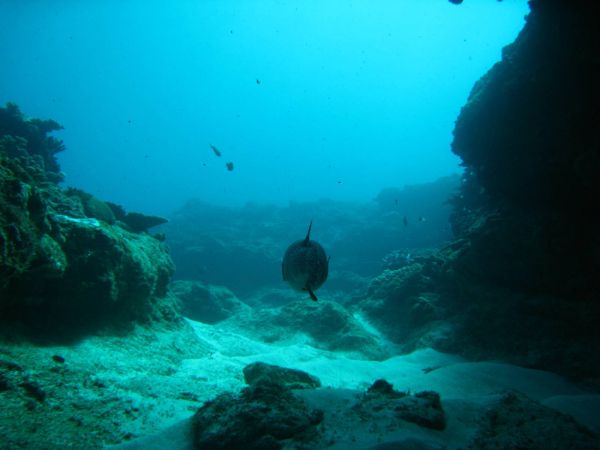
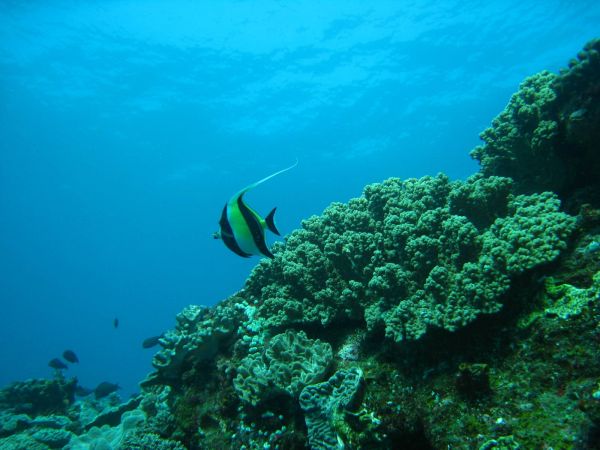
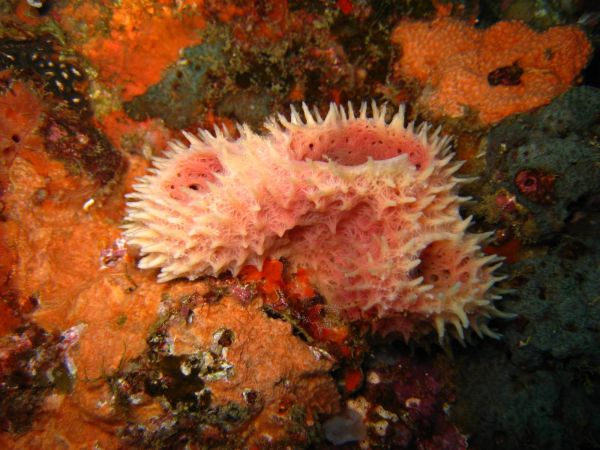


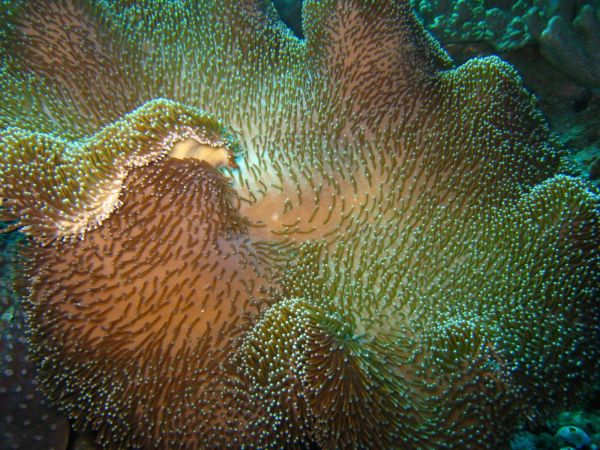


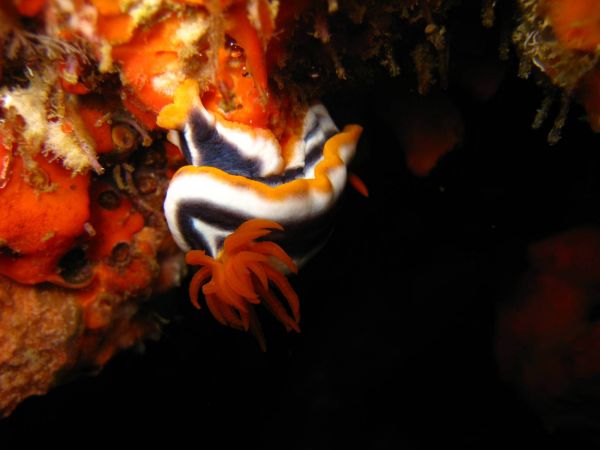
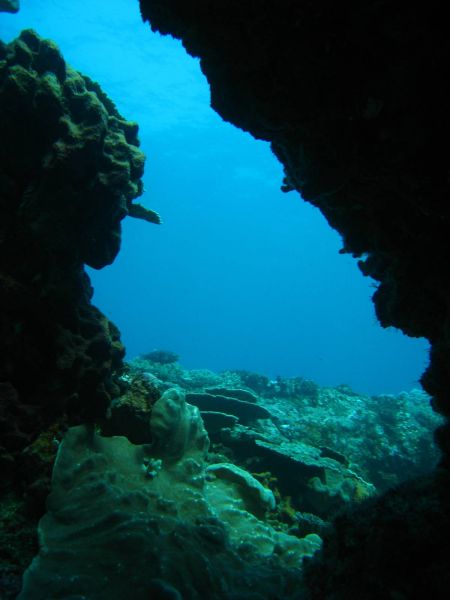
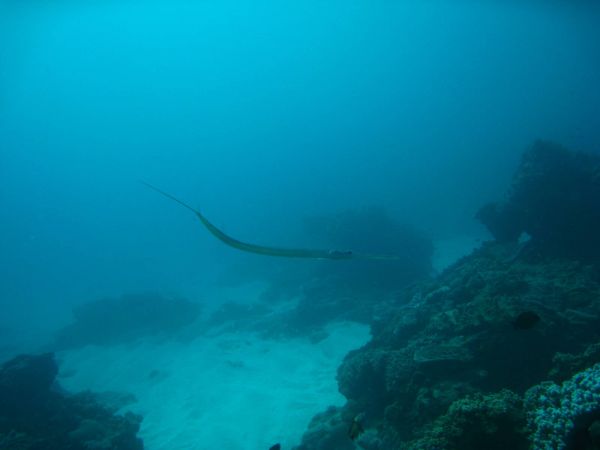
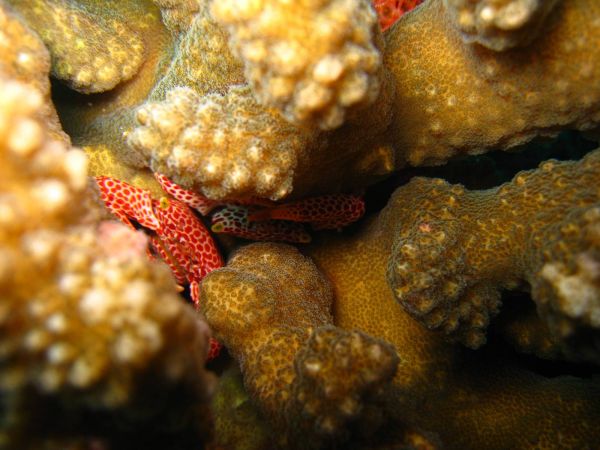
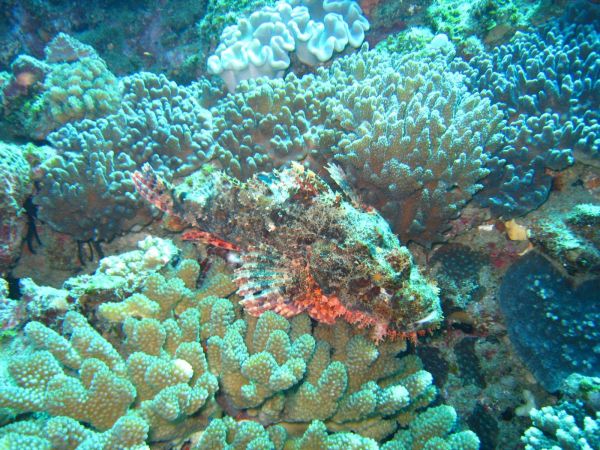

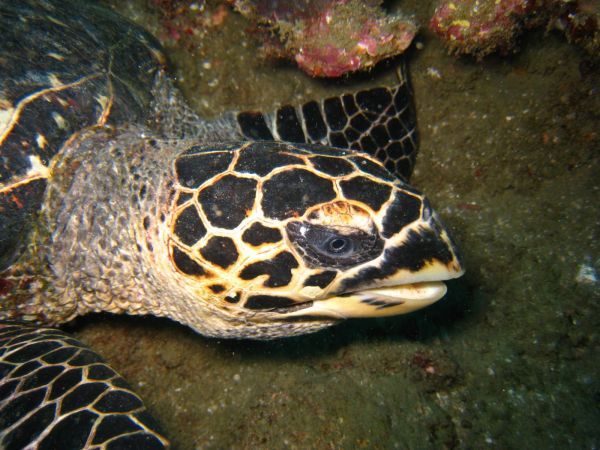
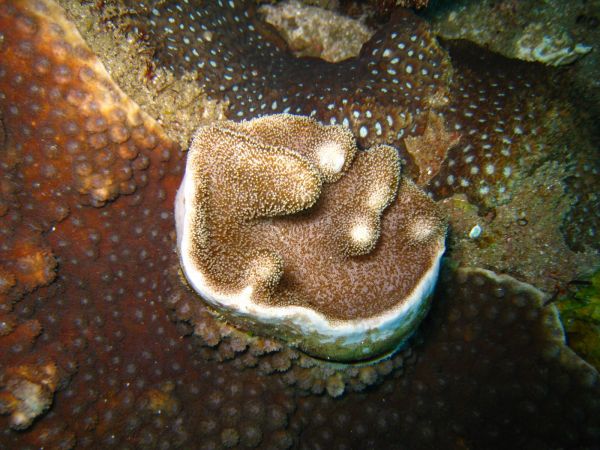
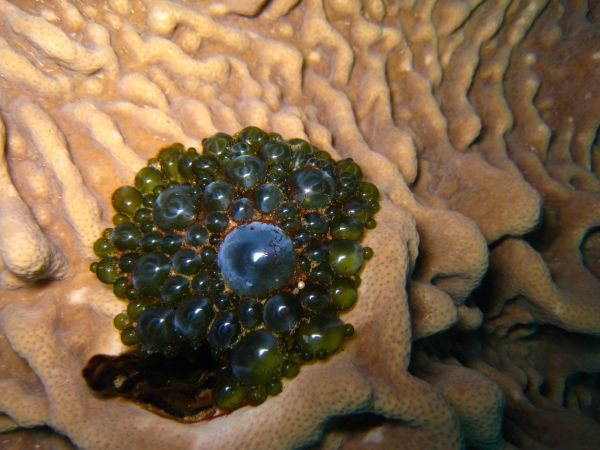
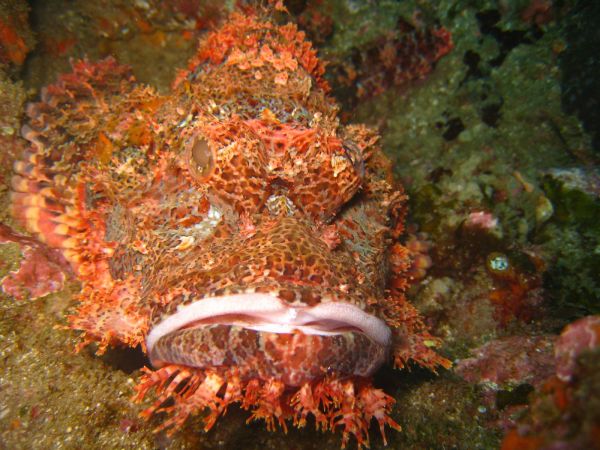


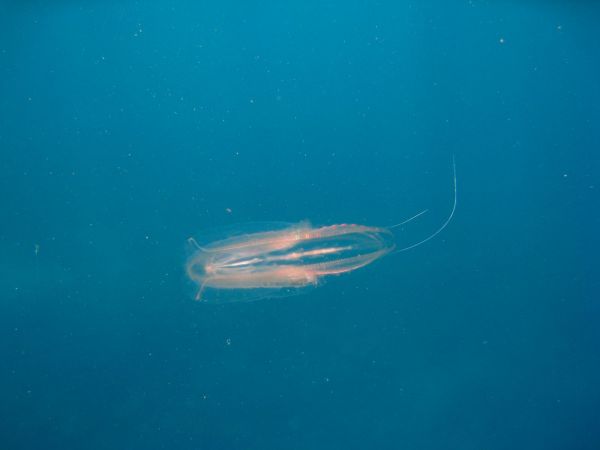

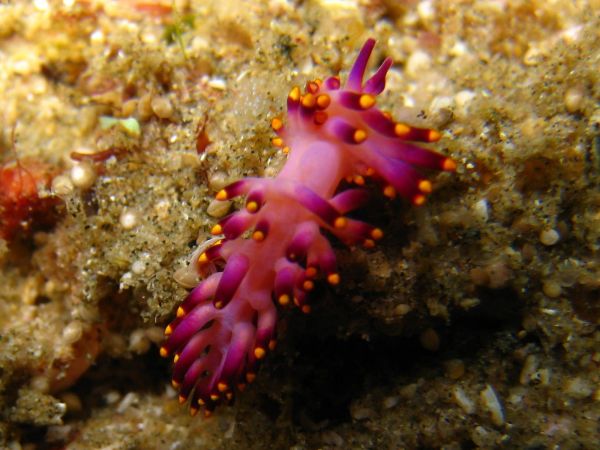
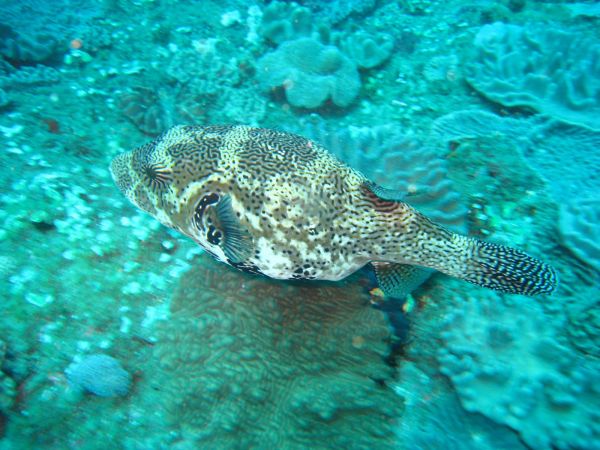
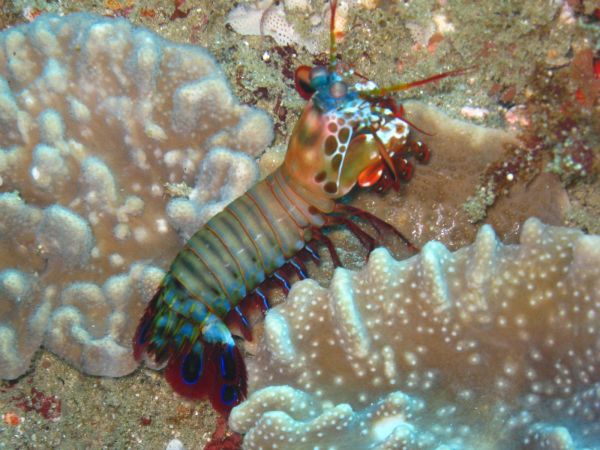
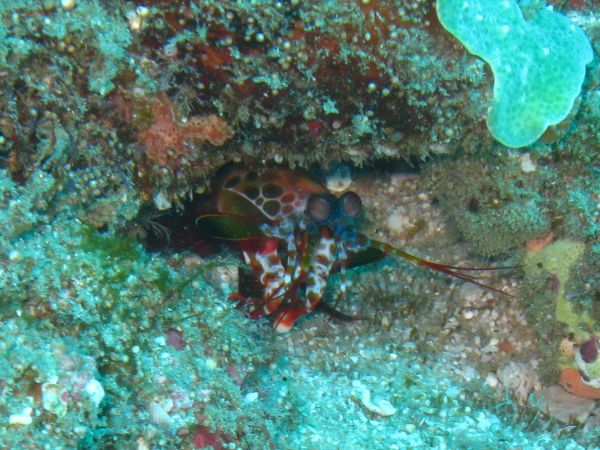


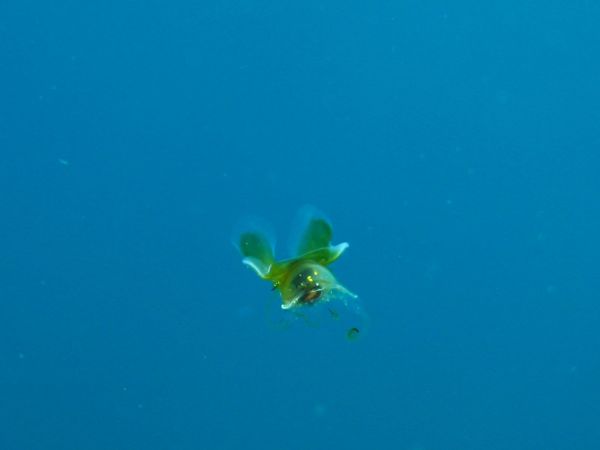
Thursday 24 July 2008
the magical reef of Sodwana Bay
By dorian on Thursday 24 July 2008, 20:53 - RTW2-South Africa
Monday 21 July 2008
overnight in the kingdom of Swaziland
By dorian on Monday 21 July 2008, 20:51 - RTW2-South Africa
We leave the Kruger reserve and get in one of the last kingdoms of Africa, Swaziland. A tiny country bordered by South Africa and Mozambique. A the immigration post, a wall-hanging photo displays the traditionally-clad king. Because one of the features of this small nation lies in its strong culture and its deep ties in traditions. The road rolls to get to the Ezulwini valley. Our path turns off to the left and we reach the wildlife sanctuary of Milwane which stands out against the foothills of the valley. We stop to spend the night within the reserve. On the lake, a few-square-meter island is weighed down by a heap of hippopotamuses. Among the tall grass, a group of rare antelopes. A forgotten park, far from the classical itinerary described by the tourists. Light night in the kingdom of Swaziland.
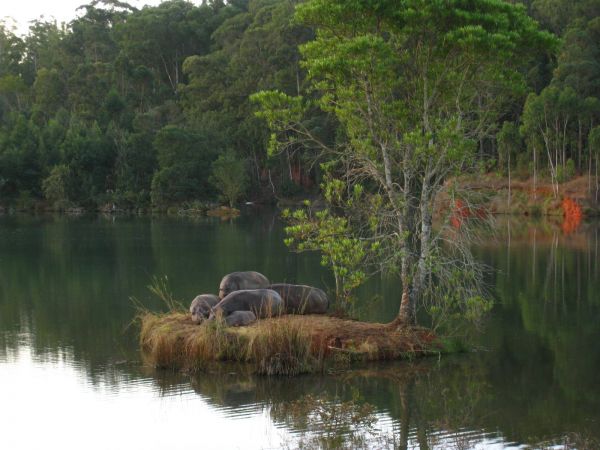

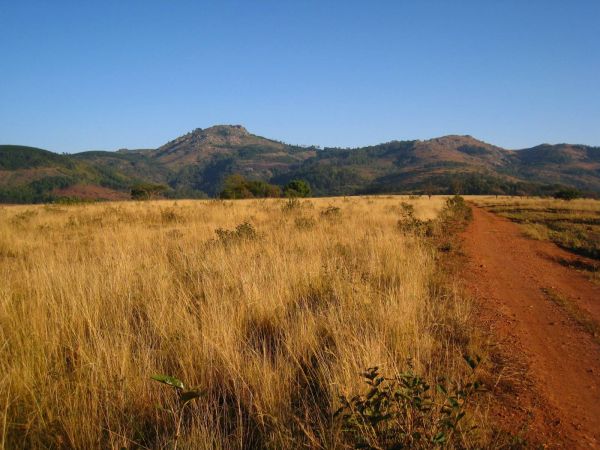
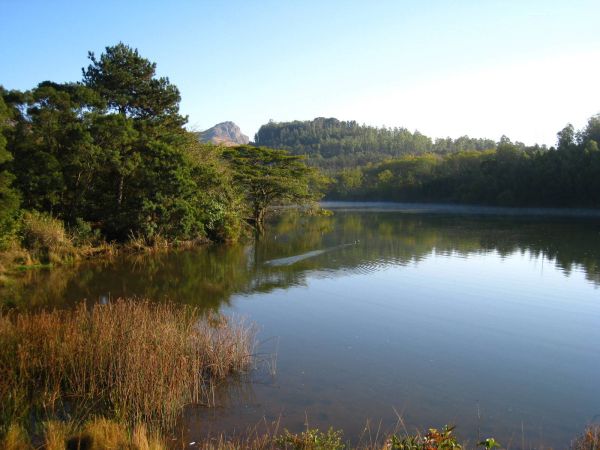
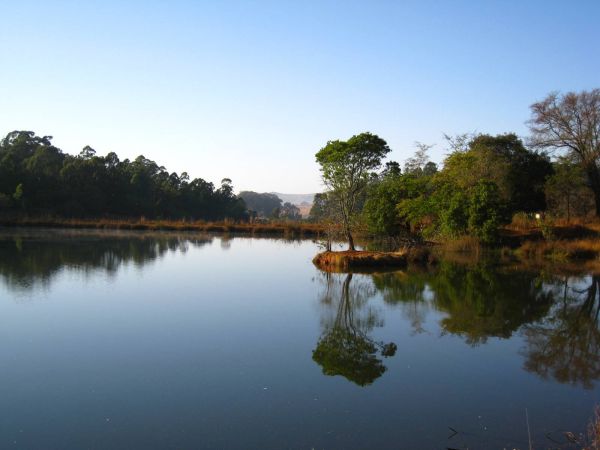
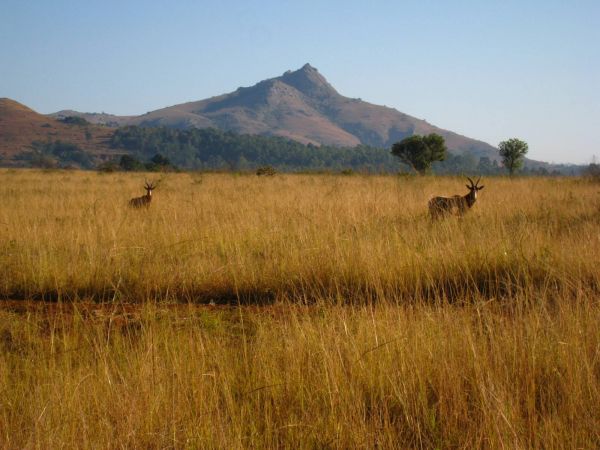
The next day, we walk into the intimacy of the Manzini market. Then we gently drift southwards and close this interlude away from the South African bustle.
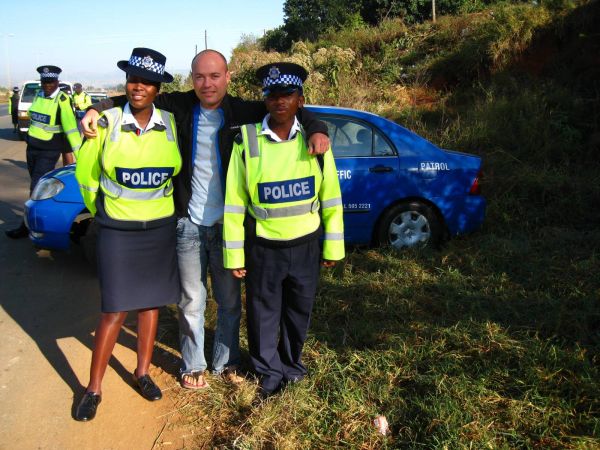
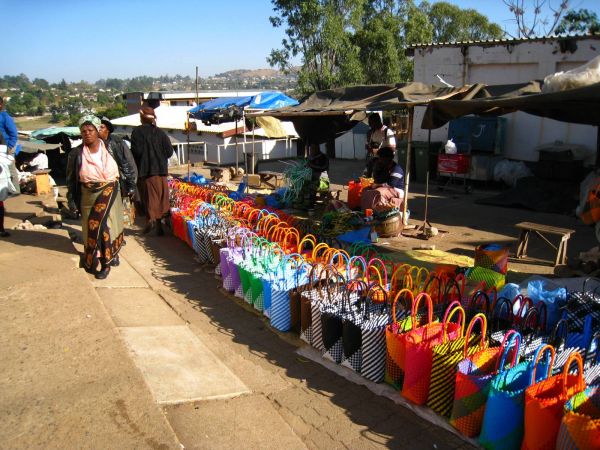

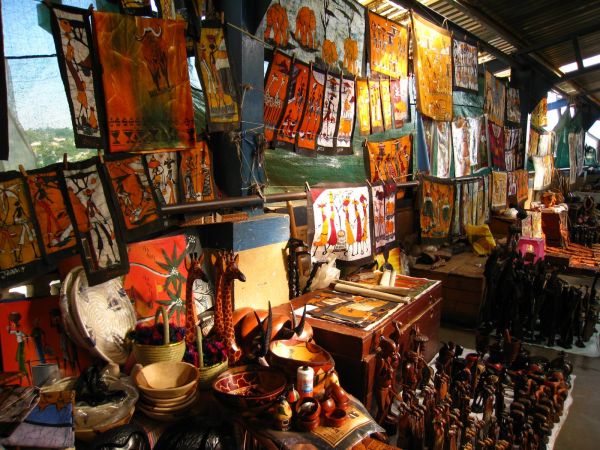
Sunday 20 July 2008
the Kruger park: a nation dedicated to the wildlife
By dorian on Sunday 20 July 2008, 20:36 - RTW2-South Africa
At the eastern part of South Africa, stretching from the Limpopo river at the north to the Crocodile river at the south and flanking the Mozambique border, the largest and oldest South-African park is located: the Kruger park. As vast as Israel, it encompasses various ecosystems and hundreds of thousands of animals. The last inventory discloses :
25150 buffaloes
11700 elephants
5000 white rhinoceroses
3000 hippopotamuses
1500 lions
1000 leopards
2000 spotted hyenas
200 cheetahs
350 wild dogs
150000 impalas
32000 zebras
17000 wildebeests
and 1 000 000 visitors per year
To the visitors getting into the park, the tourist brochure announces « a trip in an inestimable heritage of southern Africa ». The staggering figures promise unforgettable encounters. They can be felines, cattle or pachyderms, each confrontation is unique ; each meeting, a part of feelings that vanishes. To silence their number, the impalas show their grace. Because, it's regarding to the quantity of rare animals we can recognize a lucky person or a good visual hunter. Our result is honourable with about ten hyenas, 2 lions, a white rhinoceros and tens or even hundreds of zebras, wildebeests, kudus, impalas, hippopotamuses and elephants. The leopard is still untraceable. It will remain the Hluhluwe-Umfolozi park to complete our “big 5” list.
We drive a lot to cover the different habitats and ecosystems. Steep-sided rivers, rocky areas, fields of twisted or partially jointed shrubs, long savannah plains. Our eyes scan the branches with obstinacy, in search for the spotted feline. On the knees, a map with all the animals we can find here. We learn a lot of names such as waterbuck, sable antelope, kori bastard or ground-hornbill. Unfortunately, most of these names will remain linked to an illustration.
New odyssey among the animals. New joys.



















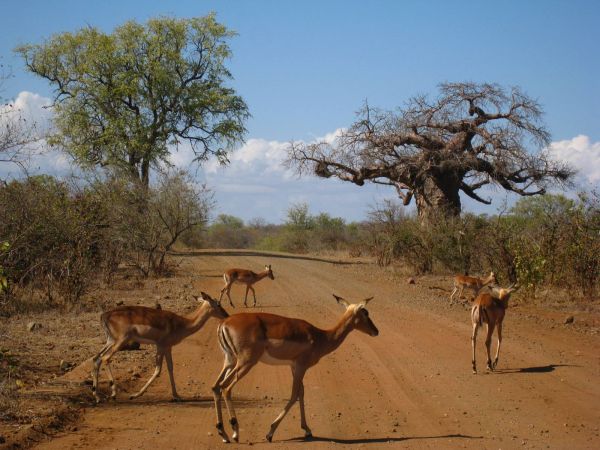


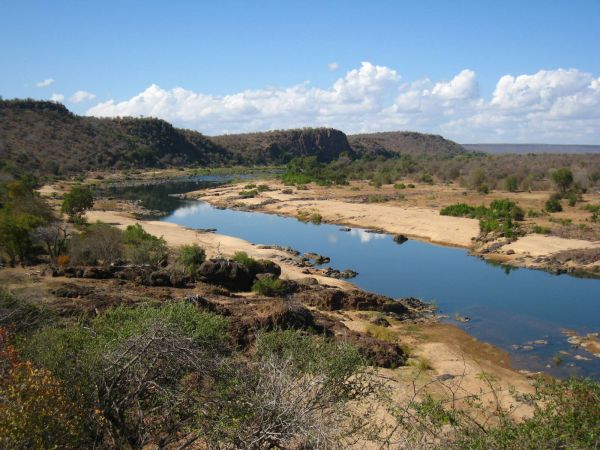









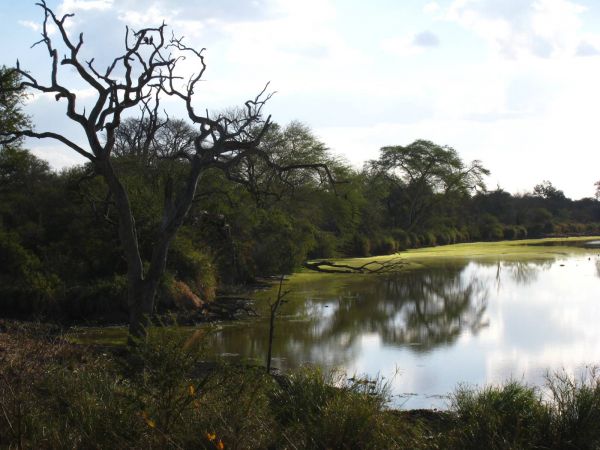












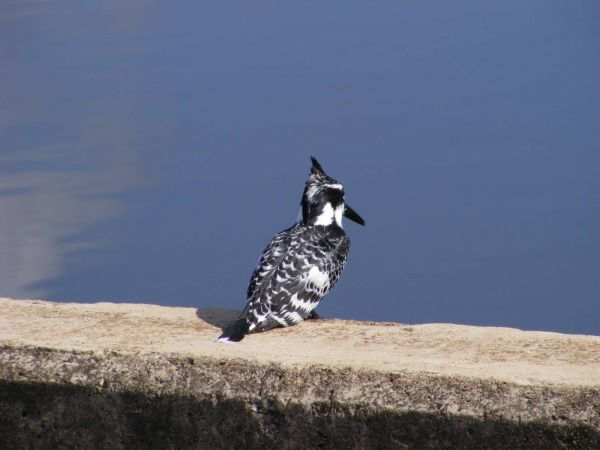


« previous entries - page 18 of 54 - next entries »





